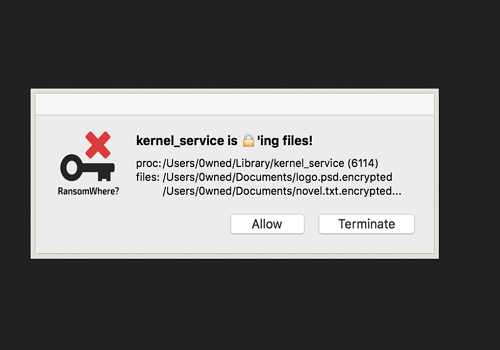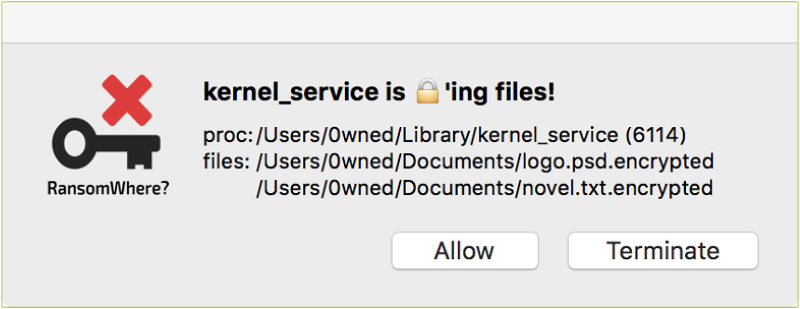
#RANSOMWHERE APP SOFTWARE#
If you don’t already have this company’s software on your computer, then they would not be monitoring you for ransomware infection. A legitimate cybersecurity software program would not solicit customers in this way.

If you do nothing, you’ll likely continue to be bombarded with pop-ups, but your files are essentially safe. You might receive a pop-up message claiming that malware was discovered and the only way to get rid of it is to pay up. It includes rogue security software and tech support scams. Scareware: Scareware, as it turns out, is not that scary.Three main types of ransomware include scareware, screen lockers, and encrypting ransomware: Often the attacker will demand payment via cryptocurrency. Whichever method the threat actor uses, once they gain access and the ransomware software (typically activated by the victim clicking a link or opening an attachment) encrypts your files or data so you can't access them, you'll then see a message demanding a ransom payment to restore what they took. Another example of social engineering would be if a threat actor gathers information from your public social media profiles about your interests, places you visit often, your job, etc., and using some of that information to send you a message that looks familiar to you, hoping you'll click before you realize it's not legitimate. Cybercriminals use social engineering in other types of ransomware attacks, such as posing as the FBI in order to scare users into paying them a sum of money to unlock their files. Threat actors may use social engineering in order to trick people into opening attachments or clicking on links by appearing as legitimate-whether that’s by seeming to be from a trusted institution or a friend. Social engineering: Malspam, malvertising, and spear phishing can, and often do, contain elements of social engineering.The term "whaling" is used to describe such methods targeted toward high-level decision makers in an organization, such as the CEO or other executives.
#RANSOMWHERE APP DOWNLOAD#
An example of spear phishing would be sending emails to employees of a certain company, claiming that the CEO is asking you to take an important employee survey, or the HR department is requiring you to download and read a new policy. Spear phishing: A more targeted means to a ransomware attack is through spear phishing.All this happens without the user’s knowledge, which is why it’s often referred to as a drive-by-download.
#RANSOMWHERE APP CODE#
The iframe redirects to an exploit landing page, and malicious code attacks the system from the landing page via exploit kit. Often, that malware is ransomware. Malvertising often uses an infected iframe, or invisible webpage element, to do its work. These servers catalog details about victim computers and their locations, and then select the malware best suited to deliver. While browsing the web, even legitimate sites, users can be directed to criminal servers without ever clicking on an ad. Malvertising, or malicious advertising, is the use of online advertising to distribute malware with little to no user interaction required.



There are several different ways that ransomware can infect your computer How do I get ransomware? Having access enables them to utilize the malware needed to encrypt, or lock up, your device and data. How exactly does a threat actor carry out a ransomware attack? First, they must gain access to a device or network. Some ransomware authors sell the service to other cybercriminals, which is known as Ransomware-as-a-Service or RaaS. Today, ransomware authors order that payment be sent via cryptocurrency or credit card, and attackers target individuals, businesses, and organizations of all kinds. The earliest variants of ransomware were developed in the late 1980s, and payment was to be sent via snail mail. While some people might think "a virus locked my computer," ransomware would typically be classified as a different form of malware than a virus. Ransom malware, or ransomware, is a type of malware that prevents users from accessing their system or personal files and demands ransom payment in order to regain access. Make sure your device is protected from ransomware.Įxplore home products What is ransomware? Ransomware definition Don't let ransomware take over your device


 0 kommentar(er)
0 kommentar(er)
